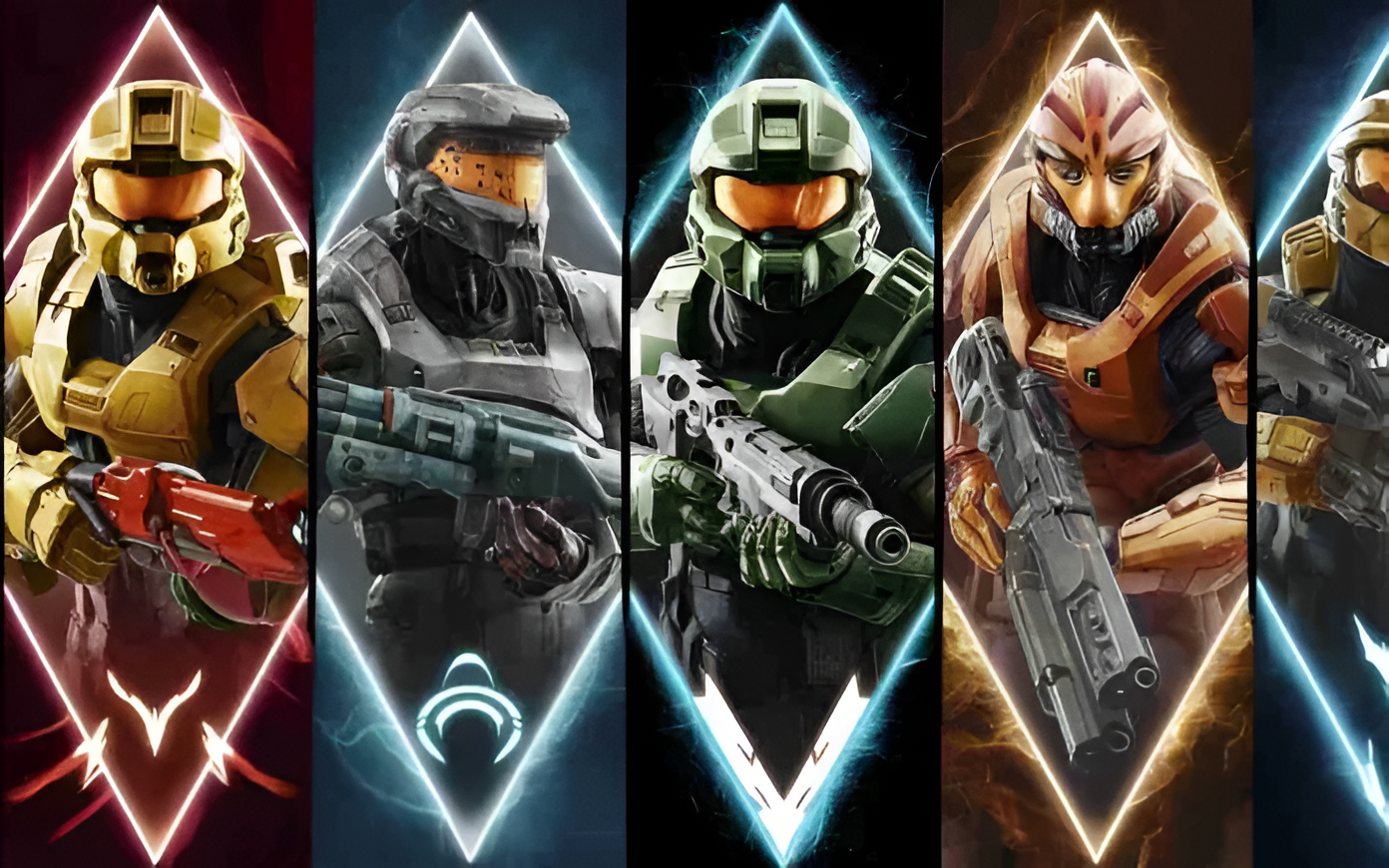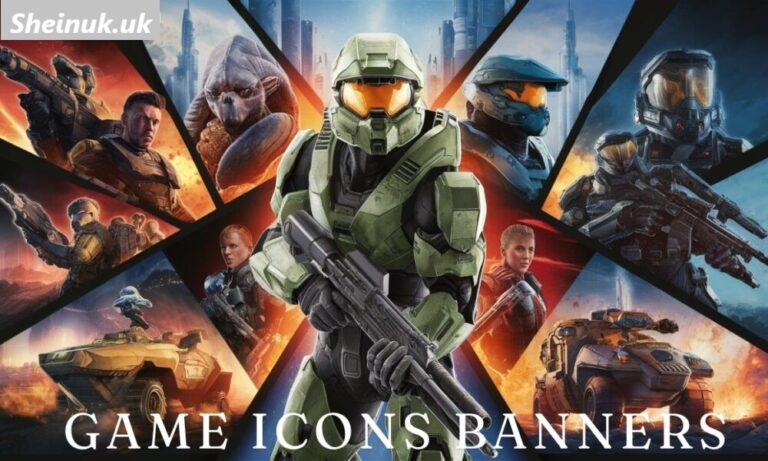The release of Halo: Combat Evolved in 2003 was a pivotal moment in the gaming industry. Known for its groundbreaking gameplay, immersive storytelling, and innovative mechanics, Halo quickly gained a cult-like following. But beyond the gameplay itself, the Halo (2003) Game Icons Banners played a vital role in shaping the game’s branding and its long-lasting connection with fans. These visual elements are much more than aesthetic details; they’re symbolic representations of the game’s identity and legacy.
In this article, we’ll delve into the design, importance, and influence of the Halo (2003) game icons and banners, exploring why they still evoke nostalgia among many players today.
The Role of Game Icons and Banners in Halo’s Branding
When Halo launched, it wasn’t just the gameplay that caught the world’s attention—it was also the meticulously designed icons and banners. From the start screen to in-game menus, these visual assets were carefully crafted to reflect the spirit of the game.

Icons and banners serve as the visual language of any game, providing cues about its theme, mood, and identity. For Halo, they were more than functional—they were symbolic, evoking a sense of military grandeur, futuristic warfare, and heroic sacrifice. The green color palette, iconic Halo logo, and minimalist yet futuristic design gave fans a sense of immersion even before the gameplay began.
The iconography wasn’t just for menus. These banners appeared in promotional material, advertising, and packaging, cementing the visual identity of the Halo brand.
The Design of Halo (2003) Game Icons and Banners
At the heart of the Halo game icons and banners was a combination of futuristic minimalism and bold military-inspired aesthetics. Let’s break down the design elements:
- Color Palette: One of the most recognizable aspects of the Halo icons and banners is the use of greens and metallic hues. These colors not only symbolized the game’s military theme but also evoked the lush environments and alien landscapes that players encountered throughout the campaign.
- Typography: The fonts used in the banners were sharp, futuristic, and clean, reflecting the advanced technology of the game’s world. The boldness of the type mirrored the confidence and strength of the Master Chief character, the central hero of the game.

- Iconic Halo Logo: The ring-like logo, reminiscent of the Halo rings themselves, became a symbol of the entire franchise. Its sleek yet mysterious design communicated a sense of epic adventure and discovery, which were central to the game’s story.
These seemingly simple elements work together to create a visual identity that is instantly recognizable, even to those who may not be deeply familiar with the game. It’s this timeless design that continues to resonate with fans today, keeping Halo top of mind, even decades later.
How the Icons Banners Shaped Halo’s Legacy
While the gameplay and story may take center stage in discussions about Halo: Combat Evolved, the game icons and banners have played a quieter but equally important role in cementing the game’s legacy. They helped create a cohesive brand experience, ensuring that the game felt immersive from the moment a player picked up the box or saw an advertisement.

These visual assets also contributed to the community and fan culture that surrounded the game. Halo fans were quick to embrace the imagery, incorporating it into fan art, mods, and even merchandise. The logos and icons became symbols of belonging within the gaming community, marking the player as part of something larger.
Why Nostalgia Still Surrounds Halo’s Visual Identity

The fact that the Halo (2003) Game Icons Banners are still remembered fondly is a testament to their power. For many gamers, these visual elements bring back memories of hours spent battling on Blood Gulch or taking on the Covenant in co-op mode with friends. They serve as a touchstone to a beloved era of gaming, and for new players, they represent a visual introduction to one of the most storied franchises in gaming history.
As Halo continued to evolve with each new release, the visual elements grew more complex and advanced, but the core design principles remained the same.
The Lasting Influence of Halo’s Visual Elements

Even today, the influence of Halo (2003) Game Icons Banners can be seen in modern game design. The approach to minimalistic but bold design, combined with a strong sense of narrative through visual elements, has become a standard in the industry. Game designers often look to iconic franchises like Halo when considering how to create a cohesive and memorable brand experience for players.
Moreover, with the resurgence of interest in older games and their visual styles, the iconic designs from Halo (2003) continue to inspire fan projects, remixes, and nostalgia-fueled discussions across the internet.
Conclusion: A Visual Legacy That Lives On
The game icons and banners from Halo (2003) were not merely visual flourishes—they were integral to the game’s overall impact on the gaming industry and its fans. Their iconic design elements continue to evoke strong feelings of nostalgia, making them as much a part of the Halo experience as the gameplay itself.
As a long-time fan or someone discovering the game for the first time, the visual identity of Halo is a reminder of how powerful design can be in creating lasting memories. Whether you’re reminiscing about those early days of Xbox LAN parties or just exploring the franchise now, these visual elements remain a timeless part of the game’s rich legacy.
You can also read: Drawing:Cuyvl6drpxk= Spider Man: Step-by-Step Guide


